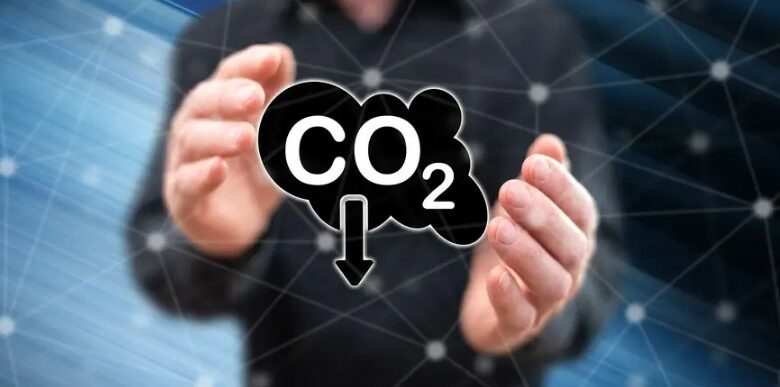Synthetic bio-fixation of CO2, a new milestone
Technology could help produce biofuels
Research continues into new ways to capture and convert carbon dioxide as a tool for climate control. One of the latest advances in this field comes from the Max-Planck Institute in Germany, where a group of researchers marked a breakthrough in the field of carbon capture and storage (CCS) technologies. The team has developed a synthetic bio-fixation technique of CO2, able to capture the molecule from the air more efficiently than in nature, with photosynthesis.
Two super enzymes for bio-fixation of CO2
The synthetic path of group fixation – led by Tobias Erb – is called the THETA cycle and involves 17 biocatalysts from 9 microorganisms. Of these two catalysts in particular fix carbon and are also the fastest to do so as far as human research knows. Let’s talk about the enzymes crotonil-coa carboxylase/reductase and phosphoenolpyruvate carboxylase. Both, taken individually, can accelerate the CO2 capture reaction by working up to 10 times faster than ribulosis-bisphosphate carboxylase, the most abundant enzyme on earth and responsible for the bio-fixation of CO2 in plant organisms.
The role of Escherichia coli
Each THETA cycle converts two molecules of carbon dioxide into one of acetyl-coa, finally composed for the metabolism of all living organisms and constitutive elements for a wide range of biofuels, including biofuels. But setting up the reaction chain wasn’t enough. That’s why the team decided on the one hand to improve the yield of acetyl-coa by a factor of 100 and on the other to incorporate the process into a single microorganism. In detail, scientists have divided the THETA cycle into three modules, each of which has been successfully implemented in the bacterium Escherichia coli.
“The peculiarity of this cycle is that it contains several intermediates that act as central metabolites in the metabolism of the bacterium”, explains Shanshan Luo, the main author of the study published in Nature Catalysis. “This overlap provides an opportunity to develop a modular approach for its implementation”. Currently, the group has demonstrated the functionality of each module individually but failed to close the loop. In other words, an E. coli bacterium engineered with these modifications is unable to feed on CO2 alone. But the first great progress has been made.






